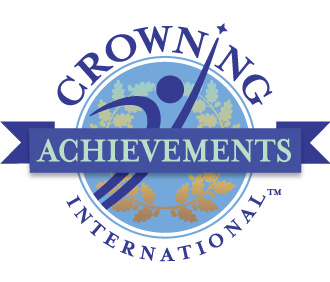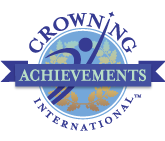
15 Traits Leaders and Athletes Have in Common | Part 2
There are 15 traits leaders and athletes have in common. What does it take to be a leader? What does it take to be an athlete? This blog is an excerpt from my book, Bring YOUR Shoes: A Fresh Perspective for Leaders with Big Shoes to Fill, but for the purposes of this blog, I categorized the traits into two groups. In Part 1, I focused on describing the character traits that leaders and athletes have in common. In Part 2, I share about the strategic traits they have in common.
Part 2 – Strategic Traits of Leaders and Athletes
- Goals. Leaders set goals and work hard to attain those goals. Athletes set goals as well. Each day, each week, month, and year, they strive to improve at their sport. They track their progress and celebrate the small successes as they reach their goals. Leaders do the same. They set goals for themselves as well as for the organizations or groups they lead. Leaders and athletes are each focused on their goals. When athletes belong to a team, they participate in setting their team goals in addition to their personal goals. Just as in sports, business leaders participate in setting the company goals, and they also have their personal goals.
- Sacrifice. Leaders, just like athletes, make daily sacrifices in order to excel and be successful. Of course, it’s probably more fun to go out with friends for a drink or go shopping, but leaders and athletes see the long-term goal. They have a vision of the finish line and know this is a journey with successes and failures along the way. It takes daily sacrifice and a lifestyle commitment to get to every finish line.
- Results. Both leaders and athletes want results. They strive to achieve the results they set out for. The results when you are fit are not only a healthy body but a positive attitude and increased self-esteem and self-confidence. When you are an effective leader, results are the satisfaction you get when you see those you lead grow and become successful. You also feel satisfaction when you see a vision realized. When you maximize your team’s talents in your company you will see results.
- Drive. Leaders and athletes have the drive to go on. It’s an inner fire that is hard to quench. Some people don’t have it and don’t understand what drives leaders and athletes. When you ask leaders why they do what they do, they may respond simply, “Because I want to be the best leader I can be.” An athlete may answer, “Because I want my team to win, or because I want to win the gold medal.”
- Influence. Leaders are influential because they inspire you to do something. They engage you on the idea of their vision. They help you change your life. They encourage you to grow and help you grow. Athletes also inspire others to get in shape. But when it comes to working out, only you can do it for your body. As a leader, when it comes to personal development, only you can do it for yourself. You must desire to grow and take the initiative to improve.
- Balance. Leaders and athletes strive to be balanced individuals. They understand that balance is achievable, but it takes a lot of discipline, short-term and long-term sacrifices, and daily choices. They don’t compare themselves to others because they are also clear as to what balance means to them. They take into consideration everything in their life including their capacity to handle various situations and workloads—both at home and at work. They know their limitations, establish boundaries, and have their priorities straight. Lastly, they strive to balance their entire being—physical, emotional, and spiritual.
- Coach. Everyone needs a coach and successful leaders and athletes have professional coaches. A coach is different than a mentor in that you pay for coaching. Mentoring, on the other hand, is free. A coach will encourage you and keep you accountable for the goals you set out to do. You are in charge of setting your own goals, and a coach will help you by coaching you to achieve them. A mentor is someone who comes alongside you to share his or her similar experiences to help you in your journey. They may or may not be in your same industry and they may mentor you in various areas of your life.
- Example. Everyone needs a positive example to improve their lives. Leaders and athletes are examples of all the attributes described above. They both feel a huge responsibility to be a positive example to others watching them. Otherwise, their negative example can have devastating consequences for their followers. This holds true for people who lead corporations or causes of any size as well as athletes who are looked up to by millions of people—usually by youth. Therefore, being an example is probably the most important responsibility for leaders and athletes. If you are a leader and/or an athlete, take the responsibility seriously.
As a business leader, you have a tremendous responsibility to be an example to other leaders (in addition to your employees) and display all the traits described above. As a leader, you have the responsibility to first discover and develop your talents, then to discover and help your employees develop their talents. And lastly, you have the opportunity to maximize all of those talents together for the benefit of the entire company. Leaders influence others through words, but most importantly, by their example.
From the 15 traits leaders and athletes have in common, which areas do you feel you need to develop? I encourage you to look for a coach to guide you through the process.

